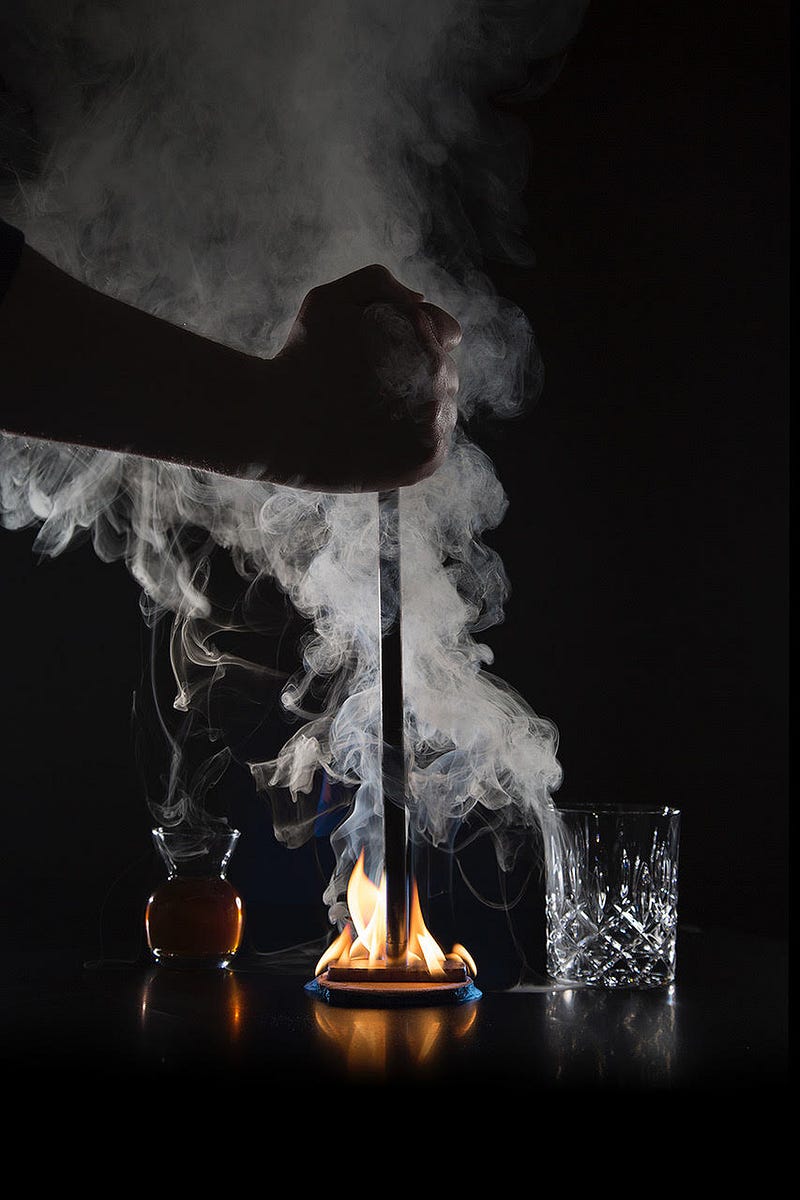One
of the most opaque industries around is publishing, not here online,
but good old-fashioned print-books and their digital and audio
spin-offs. Poke around and try to find some hard sales numbers and
you’ll quickly find that it’s near impossible to do so. You can find
bestseller lists from reputable sources like the NYTimes, Amazon and
others but tying those rankings to an actual number of books sold at
retail is simply not doable. Publishing costs, deals, and profit lines
are even harder to shake loose.
About
a decade ago, in 2007, book agents and publishers began approaching
chef Achatz and me to gauge our interest in creating an Alinea cookbook.
Ever since that process started I have wanted to write this post.
Having never published a book before I was fairly mind-blown by the
terms of the offering and my inability to properly and easily research
the process, costs and revenue potential of a cookbook. In the
intervening decade I’ve ranted privately to dozens of chefs, restaurant
owners, writers of fiction and non-fiction alike, and even a few
screenwriters that they should avoid traditional publishing deals if at
all possible. I’ve pushed the case in private, but have always been
afraid to fully burn my bridges.
Until now.
Back
in March of 2007 we received this exact offer from a major cookbook
publisher in the US, the first of several such offers that were
remarkably similar. I’ve redacted only the publisher’s identity, the
rest is verbatim:
Advance against royalties: $125,000
Royalties:
hardcover: 8% of cover price on first 15,000 copies; 10% of cover price
on next 15,000 copies; 12% on all copies thereafter; trade paperback:
7.5% of cover price on all copies (note that we are not envisioning this
as a paperback but nevertheless want to secure the rights)
Territory: world
Subsidiary
rights secured by publisher: first serial (90% author/10% publisher);
second serial (50%/50%), book club (50%/50%), permissions (50%/50%),
other book publication (50%/50%), British (80%/20%), translation
(75%/25%), electronic (50%/50%), audio (50%/50%), paper products
(50%/50%)
Subsidiary rights retained by author: video, commercial and merchandising, performance
Deliverables:
100 recipes and supporting text by 8/31/07; 150 color photographs
delivered as high-resolution digital files with match prints by 8/31/07;
recipes must be fully tested and photographs are subject to
[redacted’s] approval.
Option: on next cookbook; proposal may be submitted 90 days after publication of the contract work
Buyback:
Author will purchase 5,000 copies for resale within 12 months of
publication subject to the following terms: non-returnable; orders of a
minimum of 500 copies; in carton quantities only; subject to
[redacted’s] inventory requirements; at a discount of 50% off the retail
price; royalties payable; delivered to a single US destination; to be
sold through the author’s own restaurants, businesses, and website only.
For
a first book this is considered a great offer. It’s super rare for any
chef or restaurant to receive a solid book deal, let alone a restaurant
that was less than 2 years old. $125,000 and the guarantee of editing
support, printing supervision, and distribution would have ensured that
the book would reach a wide audience and be of relatively high quality.
But
then I started doing the math. And negotiating. The offer was soon
doubled to $250,000 (perhaps too quickly). But it still didn’t add up to
me. At a $60 cover price we would net $4.80 per book sold of the first
15,000 units and have recouped only a $72,000 credit of the advance. On
the next 15,000 copies, $90,000. For every book sold after 30,000 — and
let’s be clear *very* few cookbooks sell more than 30,000 copies — we
would recoup at a rate of $7.20 per book and need to sell another 12,222
books before we saw another dime. The advance is just that — an advance
against royalties — and just like a record deal the publisher keeps all
of the revenue until the advance is fully recouped, if ever.
Out
of that $250,000 we would be required to spend the money on all
photography, graphic design, pre-press, editing, recipe testing, writing
and proofs. With a team of 4–6 professionals contracted for the book
this would typically use 70% to 85% of the advance. It could easily end
up being more than that for us as we intended to shoot every recipe, its
steps and the final dish… something that the vast majority of cookbooks
do not do for several reasons.
The
photography, color correction, layout and proofs are exacting and time
consuming. As important, pages that are full-bleed, 6-color printed
drive up the printing costs. That is why most cookbooks — even the
best — do not include photographs of every recipe. The pages that are
only text, be they recipes or essays, are far cheaper to print and work
to save money on the overall production costs. If you unbind a typical
cookbook (we dissected a dozen or so with an X-acto knife), you’ll find
that pages 20 / 200 (for example) are printed on the same sheet… and
don’t include pictures. Multiply that by 40% or more of the book and
you’ve saved a great deal of money. Next time you pick up a cookbook try
to estimate how many pages are all or mostly words, then page through
the book. You’ll be surprised. And now you’ll know why there isn’t a
picture of every recipe and dish, even though the ones with pictures
tend to be the only recipes readers actually cook.
There
is, baked into the structure of the publishing agreement, a mutual
incentive to reduce costs. For the authors it is to cut corners on
photography and design production to retain more of the advance money.
This helps the publisher to keep the printing cost as low as possible.
But what were those costs exactly?
I
still had no idea what it actually cost to print a major cookbook. That
was as hard to figure out as sales numbers. So our team started calling
printers in China and Korea, print brokers in the US, and any
publishing contact I could find to ask a very specific question: “How
much does it cost to print 30,000 copies of a [Very Famous and
Successful] Cookbook, do you think?” I was met with responses that were
akin to me asking for state secrets that were highly classified. No one
would talk.
Until
one-day I got lucky. Just by chance I spoke to the print broker who
actually worked on the exact bid for that famous book. And he told me
precisely: that super amazing cookbook that I truly loved, which at the
time retailed for $50 and had won every award imaginable, cost $3.83 per
book to print, shrink wrap, and ship to the US. I thought he must be
mistaken and I said so. “No way.” He replied, “well that was the first
edition, I’m sure the cost has gone down since then.” He thought I was
implying that $3.83 per book was too high!
Now
everything was beginning to make sense to me. The actual print costs
were lower than I ever imagined. And in our offer I realized there was a
truly crazy clause that I had completely glossed over: “Buyback: Author will purchase 5,000 copies for resale within 12 months of publication subject to the following terms…”
Since
I expected that we would be selling books through the restaurant I
wouldn’t mind having an inventory and so I didn’t pay close attention to
that section of the offer. But doing the math I realized that the
publisher was essentially guaranteeing that they would recoup the
entirety of the original advance offer! At $30 wholesale to us and a
cost of $3.83 to them, a sale of 5,000 copies to us, the authors, would
net them a $130,850 profit. It was at this point that I got actually
angry. The publisher was taking no risk at all.
I decided that minute that we would take a very different course of action.
Over
the the next few weeks Martin Kastner, our designer for the Alinea book
who had never created a book before, and his wife Lara, a visual artist
who had never photographed for a book before, began working on a
detailed book proposal with Grant and me. The goal was to photograph,
design, and print about 8 recipes in what looked like a final form,
leaving less to the imagination of the publisher and giving them a sense
of our design ambitions.
We
made unusual decisions that we felt would make the book better and
uniquely comprehensive: every dish would be photographed along with many
of the steps and techniques, ingredients would be weighed as they were
in the restaurant instead of using measures like cups or tablespoons,
we’d use the metric system for accuracy, a recipe tester (who would make
the recipes easier for home use) would not be employed, the photography
would be done in the restaurant over the course of 6 months to a year.
Martin even hand crafted a custom stainless steel pin binding system to
present the pages. We then sent them to 6 publishers, five in the US and
one in Europe.
At
the time Taschen did not publish cookbooks and so they were a quick,
“no, but it’s beautiful and about design. But we do not support that
category. We just don’t sell cookbooks.” 3 others made offers similar to
the one above, all within about 10% of each other, both of advance and
terms. And one very famous publisher wrote back:
“The
very elegant materials you’ve presented would make a phenomenal
appendix… And…not to be a total pill…but in name of full disclosure, I
also have problems with the design, the color palette, some of the
photography, etc.”
She
concluded that we would likely want to go elsewhere to publish if we
did not wish to compromise. And if we did publish as presented, she
predicted on a phone call that we would never sell even 5,000 books.
“It’s not readable, enjoyable, and no one in this country uses grams.” I
yelled some choice words at a wall after I hung up the phone on that
call. Her main sales tactic, it seemed, was fear and intimidation. She
pressed me that there was no way we could do this on our own and I was
doing a disservice to chef Achatz for telling him we could. If I needed
more motivation, that was it.
And then Aaron Wehner from 10 Speed Press asked to speak. He emailed that he had a most unusual offer. The offer was this:
Nothing.
No
advance at all. Not a dime. We would be on the hook for all production
costs and because of that could do pretty much whatever we wanted. 10
Speed would help us do the copy editing, we’d get the benefit of their
relationships and sizable orders with printers, and of course they’d
warehouse and distribute the book in North America. Full production and
distribution transparency to us. We’d even get the list of every single
independent bookseller that carried the book. This was intriguing.
In the course of two short phone calls we worked out a deal:
- no advance but the publisher would front the printing costs.
- roundly 74% of wholesale proceeds go to Alinea after printing costs are recouped in profit per unit terms. $25 wholesale price ($50 retail first edition) minus print cost = profit per unit.
- Alinea pays the actual print / shipping costs for all books we sell directly at retail, not a wholesale price. No guaranteed minimum number of books to be purchased by us.
That’s it. That’s the whole deal.
It
took us nearly a year to make the book, all the while learning a lot
and making a ton of mistakes, and doing so while Grant went through an
arduous series of chemotherapy and radiation treatments for Stage IVb
cancer. The entire process proved incredibly stressful, but we worked
with amazing food writers who were my inspiration to get into the
restaurant business just a few years earlier — Jeffrey Steingarten and
Michael Ruhlman among them.
We
set up a website and sold nearly 5,000 books directly, with the promise
of a slip-covered edition signed by all of the creators, before we even
printed them. And perhaps the funniest error is that I never bothered
to consider that 5,000 7.5 pound books is 18.75 tons of books! So stupid
of me! When they arrived at Alinea (!) I quickly realized that: a) I
needed to bribe the truck driver to hang around while I quickly found a
warehouse and a fork lift to unload them; b) they were all shrink
wrapped and boxed and we’d need to open 5,000 books and re-seal them; c)
Grant was going to kill me because 5,000 books looked like this and
signing them would take days:
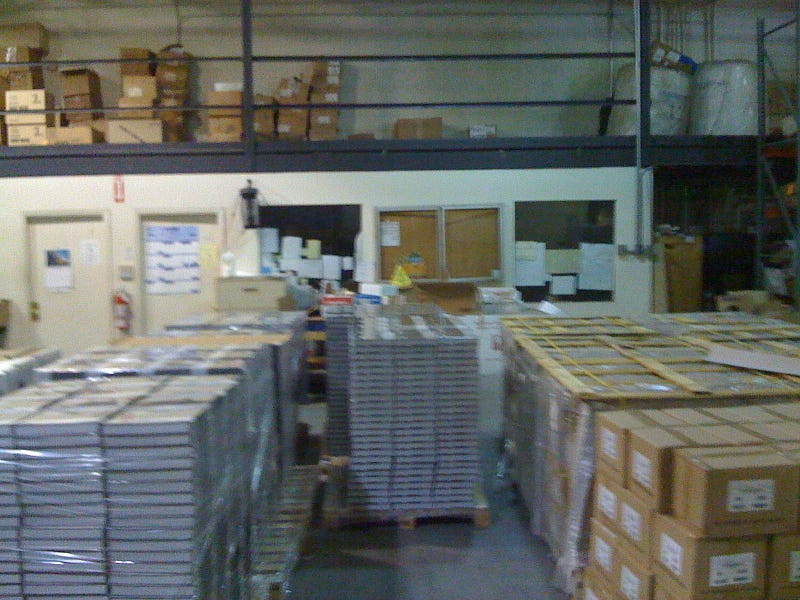
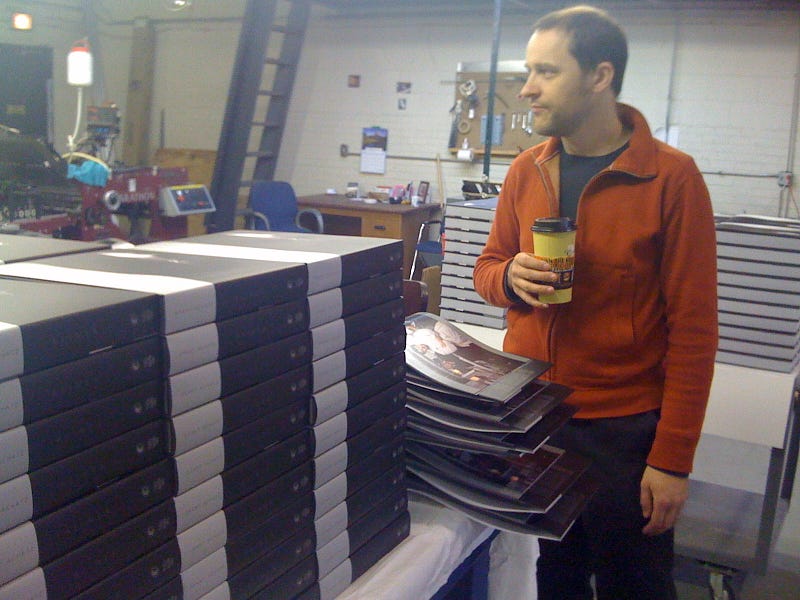
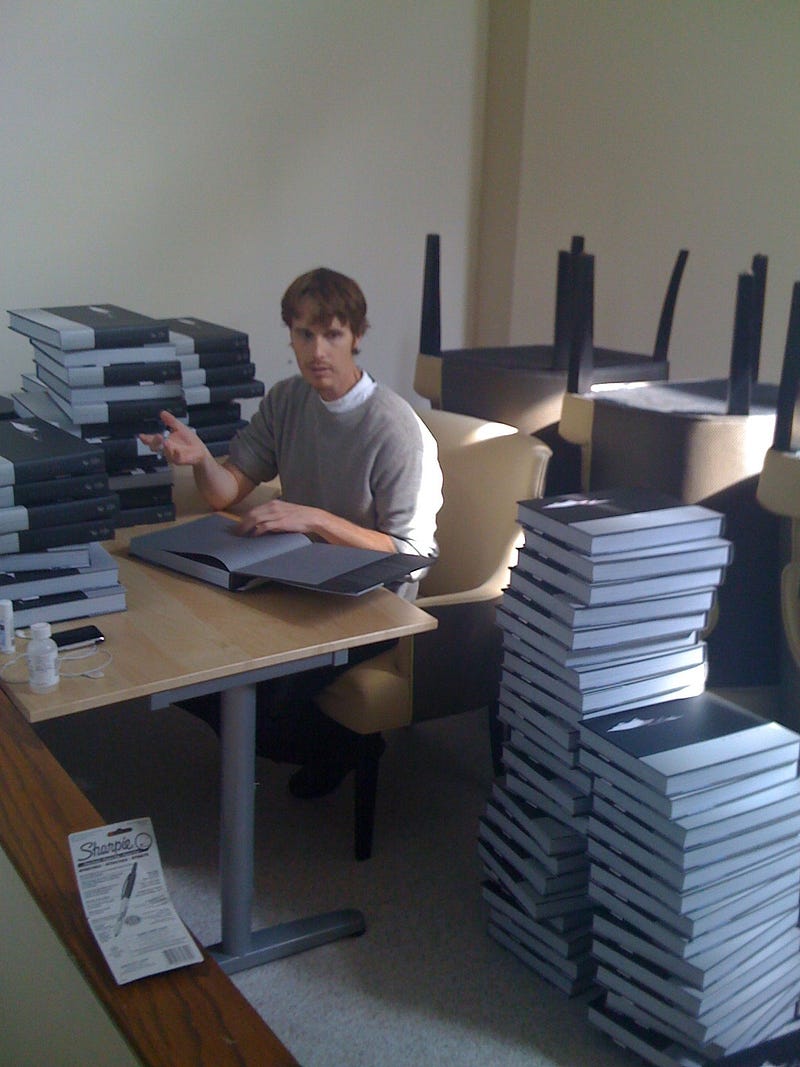
Despite
the difficulties we had successfully created the book we wanted. It was
truly unique, over 3 times the production and printing cost of a
typical cookbook at that price point, with a small font, black pages,
and metric measures. Martin even went to China for 3 weeks to oversee
the printing, ensuring the proper color saturation, printing throughput
and standards — and driving the print broker and the factory completely
nuts with his attention to detail. All told, the cost per unit was around $10.80 laden for the first edition run of 30,000 books.
The
end results proved that customers could tell the difference. Alinea is
in its 6th printing edition with over 100,000 copies sold. It won a
James Beard Award for Best Cookbook from a Professional Point of View.
And it was featured in the Communications Arts 50th Anniversary Annual
for its innovative design, a true honor for any graphic designer let
alone for Martin and Lara working on their first book ever.
And
I’d be happy to work under those terms again. But then 10 Speed Press, a
great independent publisher that could adroitly make an unusual deal
for a cool book, got sold to Crown Publishing in 2009. And in the
meantime Amazon ate the world of independent booksellers.
I really doubt any publisher will make a deal like that again anytime soon.
And I really doubt any well known restaurant, chef, or writer needs to do so.
There is an even better way now.
68% and 40%.
Amazon sells ~68% of all books sold online and ~40% of all
books sold, period. Couple that with a book website tied to the social
media reach of a popular restaurant or chef, Google Ads, and Facebook
Advertising and any cookbook can reach a substantial worldwide audience.
Simply put, reaching an audience directly for a book, without a
publisher, has never been easier.
But making a great book remains difficult and takes a lot of time and money. Here’s how we are planning to make the Aviary book.
In
order to make a great book you need talented artists and
writers — great content. Typically that would mean hiring an artistic
photographer, a writer, a recipe editor, and a graphic designer on
contract. Because we controlled the details of the Alinea book so
tightly, I wanted to make sure we could be even more ambitious for any
new books we will make in the future. I wanted to create our own
mini-production-house for all media for our restaurant group. The
process of putting the team together took a little over 3 years.
We
were super fortunate that a truly crazy-mad-genius-autodidact, Allen
Hemberger, spent nearly 5 years documenting his experience of cooking
his way through the Alinea book. You can watch this documentary about his obsession. We kept in touch with Allen over the years as his progress culminated in the creation of his own book, The Alinea Project,
which he successfully Kickstarted and printed. And when I got a copy in
the mail, well I was fairly mind blown. It was, in many ways, even
better than the Alinea book itself.
While
I had known that Allen was a talented animator and programmer for Weta
Studios in New Zealand and then at Pixar working on Finding Dory, I had
no idea that his wife Sarah was a talented graphic designer working at
Industrial Light and Magic. She was responsible for laying out the
entirety of the Alinea Project book, along with all of the graphic
design, solo. As soon as I paged through the Alinea Project, literally
that second, I knew someday we’d work with Allen and Sarah to make our
books. I just had no idea *how* we would make that happen.
So I gave him a call.
It is an understatement to say that it is hard to compete with Pixar
in terms of quality of life, compensation, benefits, and, well, pretty
much everything else. I had, really, only one thing to offer: an
independent adventure.
The
core value of The Alinea Group is that we *attempt* to innovate on
whatever projects we tackle. Of course, we don’t always succeed. But the
pitch to Allen and Sarah was that we would invest in the production
process for a series of books, that we could leverage our marketing and
social media to give us a reasonable chance for success, and that they
would transparently share in that success both financially and by
receiving proper credit for their work. But more than anything, it’s
that we really weren’t exactly sure how to best produce the book and
that they would figure that out with us. That’s the adventure.
And
then, just as we were about to get started and they were about to move
here I got a phone call. I could tell they were hesitant to talk to me
and tell me some news and I figured they got cold feet. Instead, they
let me know that they were expecting their first child.
We
put the project on hold for over a year. Miramar, their beautiful
daughter, was 8 months old when they finally arrived in Chicago. Yes,
they left the beautiful Bay Area of Northern California and two amazing
companies with a small child in tow to come make a few cookbooks.
Here’s what we’ve invested in and used so far to build our studio:
- Two iMac workstations
- Adobe Creative Suite
- Houdini Indie
- Scrivener for text / recipe organization
- Google Docs for team collaboration
- Canon Pixma Pro large format color printer for stage 1 proof tests
- ColorMunki spectrophotometer for screen-to-print color calibration
- Canon 5dmkiii
- Canon 50mm macro
- Canon 100mm macro
- Canon 24–105mm F4L
- Sony A7Sii
- Sony FE 55mm
- Sony FE 28mm
- Rode videomic pro
- Mamiya 7 medium format film camera
- Zoom H6 recorder
- 2x Sennheiser G3 Wireless Microphone system with lavalier mic
- Edelkrone SliderPLUS motion control system
- 4x Yongnuo Speedlites
- Yongnuo Flash controller
- Several softboxes, snoots, umbrellas, misc light modifiers
- Light shed
- Manfrotto plexiglass panel shooting table
- Perception Neuron motion capture rig
- Misc boom arms, light stands, umbrella mounts, etc.
- Ricoh Theta S for 360 video/ lightprobe collection

We
rented a space above our restaurants in the West Loop of Chicago. It’s
nothing sexy. But a small set up like this, close to the kitchen and our
team…
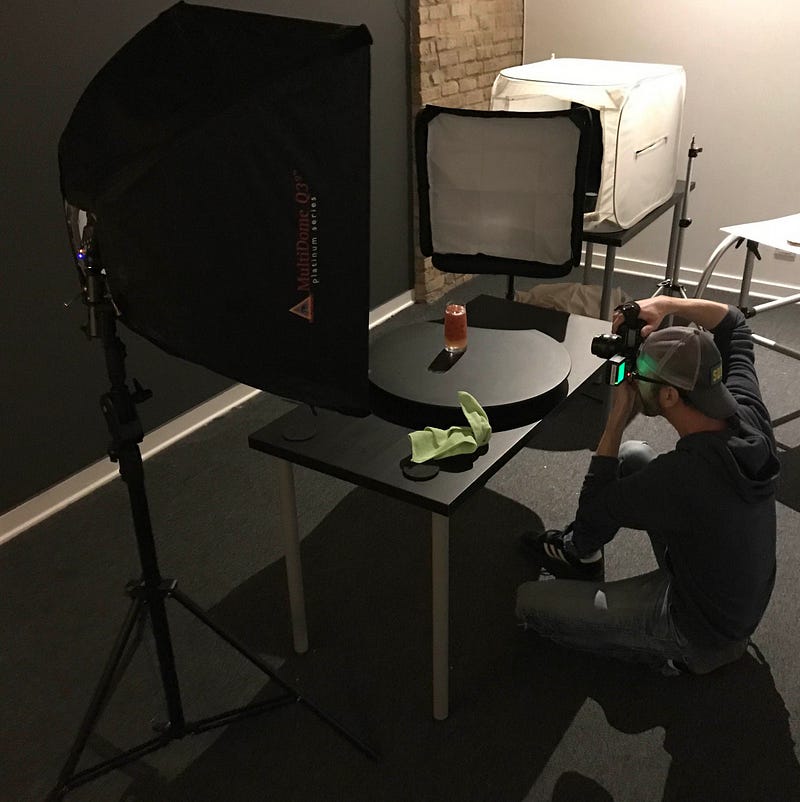
…can in the right hands yield results that look like this:
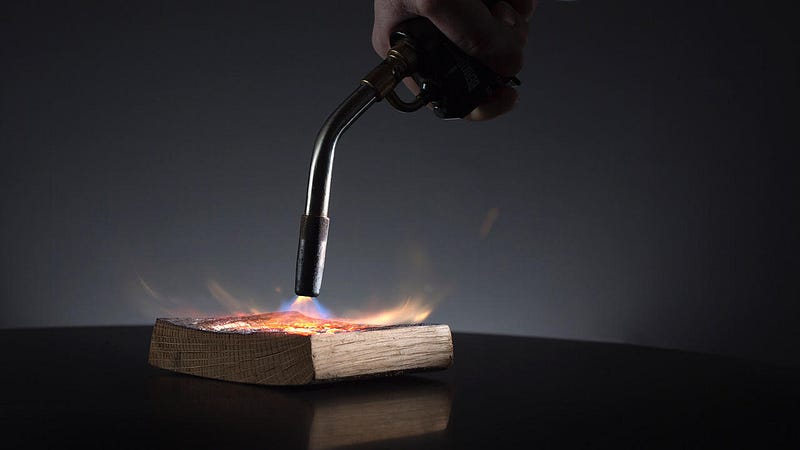
We’ve
documented about 160 drink recipes over the past several years
anticipating the need to have everything organized. Nonetheless, we are
not certain about the final content of the book. Nor can we really be
certain what the demand truly looks like for a $60 coffee-table worthy
cocktail tome. I’ve been told personally by several publishers that
there is no such market (not quite as bad as the ‘appendix’ assessment
for the Alinea proposal, but not far off).
Publishers
mitigate their risks by ensuring sales to several channels early
on — the author (as we saw above), book clubs, independent bookseller
aggregators, etc — and cutting deals up front. And, of course, by making
sure the book is as cheaply produced as possible. We do not have those
same options available to us and our goals for the final product are
very different.
So
we took to Kickstarter to crowdsource some of the initial funds we need
to put the project together. We had a lot of success with Martin for
his Porthole, raising $736,000
in just 4 weeks. That was way ahead of what we had imagined. “Gadgets”
and tech do really well on Kickstarter, but campaigns for books have
been far more modest.
We’ve
gotten some questions as to why we ‘need’ the funds via a Kickstarter
since we have successful restaurants. And while it’s true that we could
invest everything up front and hope to have a successful book in the
long run, the costs are not insubstantial:
- 2 full time employees plus extra time for our kitchen team
- photography and print equipment
- studio space
- marketing budget
- printing proofs
- printing plates
- And the printing itself of course…
On the Kickstarter video for The Aviary Book
you can see mock ups of the size / shape of a potential final form
factor. The reason we did this was to get printing estimates and lead
times in various quantity runs. Making a number of assumptions on
content and length and having the numbers from Alinea and The Alinea
Project both helped. But we’re trying to do even more with this book.
Initial
estimates for a print run of 15,000 and 30,000 are about $13.80 to
$15.20 per unit for the basic book without any ‘extras’. This time we do
not have the advantage piggy backing on a big publisher’s orders, so we
don’t get the giant volume discounts. An initial print run, after all
production expenses, will cost about $450,000.
I
expect our total out of pocket for all production and printing of the
first edition to be $750,000 to $830,000 over the course of about 14
months. Of course, we could do a much smaller run of 10,000 books if we
think demand will be lower and that will drive the per unit costs up
around 15%.
Finally,
we need to warehouse and ship thousands of books. For that we reached
out to Max Temkin’s (of Cards Against Humanity fame) new shipping
company www.blackbox.cool
to get everything in place so that we can inventory the books properly,
then charge appropriately for shipping and handling as we pre-sell the
books. That makes life so much easier on the logistics side this time
around.
Once the Kickstarter is over we’ll migrate sales and inquiries to www.theaviarybook.com
and all fulfillment will push directly to Blackbox, with the exception
of the slipcovered edition which we will sign and handle personally at
our offices. We’ll also of course utilize Amazon for sales and
distribution through a traditional and massive channel. Eventually, we
may reach out to independent booksellers that we have a relationship
with to carry the book.
It’s a big project to be sure, but no bigger than it would be for any restaurant to produce a book of this type. And we get to control the voice, content, and quality of the final product completely. If it’s successful, we’ll also all share in the rewards together.
We’re
also going to document the process, costs, unexpected hiccups, massive
screw ups, and failed material along the way to the final goal. We’re
hoping that this helps other cookbook authors, restaurants, and even
independent authors to understand a bit of the process. Even if they
decide to stay with a traditional book deal they’ll be armed with more
information. And we’ll be happy to answer any questions along the way,
from photography techniques and post production to printing bids and
shipping dates. We want to open-source our process so that the digital
tools available for book production are not gummed up by the system
known as publishing.
We’ll
need to sell about 17,400 books to break even. So there is a risk. But
we’re excited to create a unique book, part art / part science / part
delicious, that will inspire cocktail lovers around the world.
Keep an eye on our progress at www.theaviarybook.com and send us any questions or comments you may have. We look forward to hearing from you and raising a glass.
Cheers!
https://www.kickstarter.com/projects/thealineagroup/the-aviary-cocktail-book
